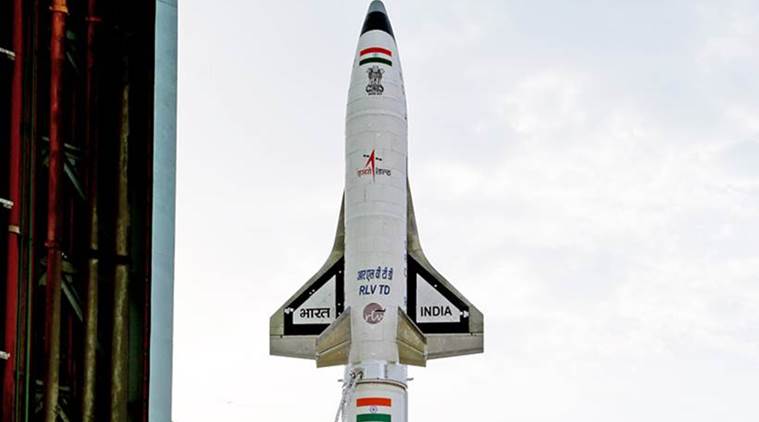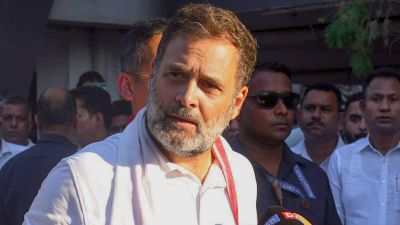PM Modi brought ‘achche din’, ‘naya savera’ for Indian space community
Prime Minister Narendra Modi pushed for use of space-based technologies in day-to-day governance of India where he sat through two hours of open grilling of line ministry secretary level bureaucrats.
 Prime Minister Narendra Modi has seen some ‘ache din’ and a ‘naya savera’ for the Indian space agency. (source: ISRO)
Prime Minister Narendra Modi has seen some ‘ache din’ and a ‘naya savera’ for the Indian space agency. (source: ISRO)
Two years of Prime Minister Narendra Modi has seen some ‘ache din’ (good days) and a ‘naya savera’ (new dawn) for the Indian space agency. Since Modi took over, India’s spaceship reached planet Mars, the successful launch of India’s mini space shuttle India was spectacular, ISRO kickstarted the classic swadeshi satellite based navigation system.
Towards the end of this year, ISRO is getting ready to launch the unique South Asia Satellite, a friendly communications satellite for the South Asian neighbours, actually conceived by Modi himself. The launch of India’s first space observatory AstroSAT that gives India’s scientists a unique view of the universe also fructified successfully.
Most importantly, Modi pushed for use of space-based technologies in day-to-day governance of India where he sat through two hours of open grilling of line ministry secretary level bureaucrats on how they plan to use space assets.
[related-post]
Watch Video: What’s making news
Two years of the NDA government has seen classic turn around for the Indian Space Research Organisation (ISRO). During the Manmohan Singh government, the ‘squeaky clean’ space agency was scorched by the worst scandal of this century dubbed the Devas-Antrix S-band spectrum scandal where a total of upwards of Rs two lakh crore was allegedly swindled through crony dealings. The morale at the space agency hit rock bottom but it did not lose focus.
On 26, May 2014 when Modi took over, little did people know that the former ‘chaiwallah’ was an ardent space buff. Modi vibes well with the chairman of ISRO Kiran Kumar with whom he has interacted since his days in Ahmedabad when Modi was chief minister of Gujarat and Kumar was head of the Space Applications Centre there. Kumar has spent close to four decades working in Gujarat and manages to speak a smattering of Gujarati as well. The good chemistry has helped ISRO.
In the last two years under special instruction from Modi, the Indian space agency made a very special dash to complete India’s NAVIC – “Navigation with Indian Constellation” when the last of the seven satellites was successfully placed in the orbit by the Polar Satellite Launch Vehicle on April 28.
During Modi’s tenure in rapid succession, five of the seven satellites of NAVIC were put in orbit. The Indian satellite constellation is already providing day and night coverage of the navigation signal throughout the Indian region. This is a unique achievement by ISRO.






- 01
- 02
- 03
- 04
- 05

























